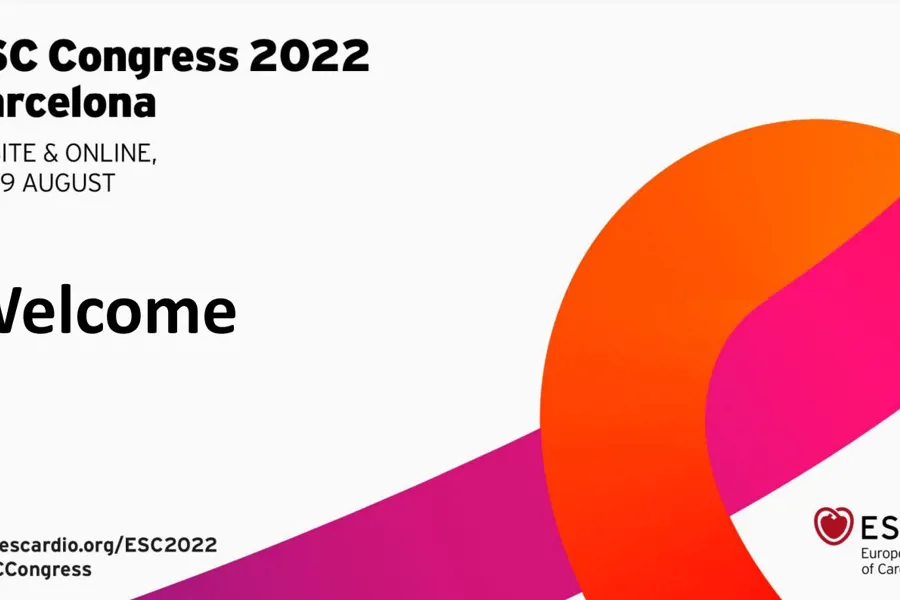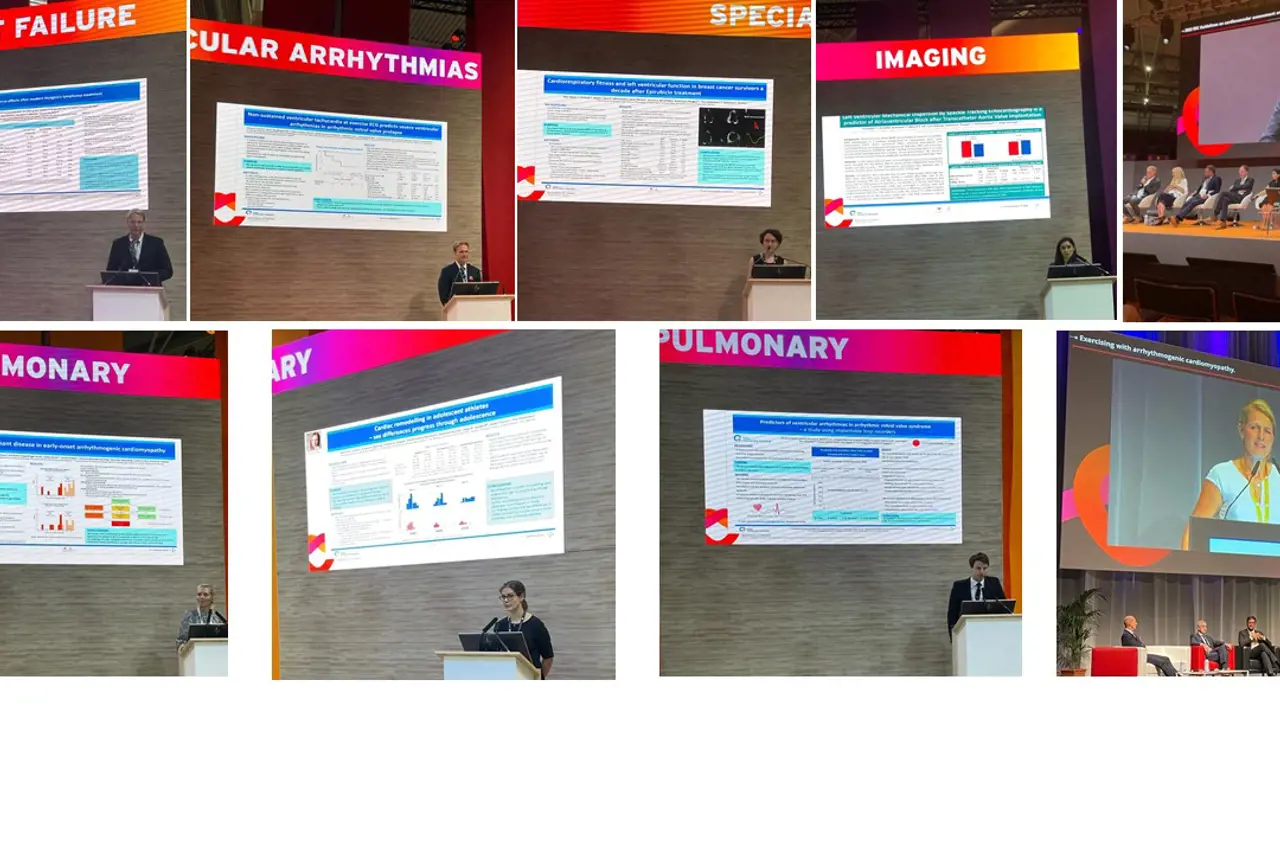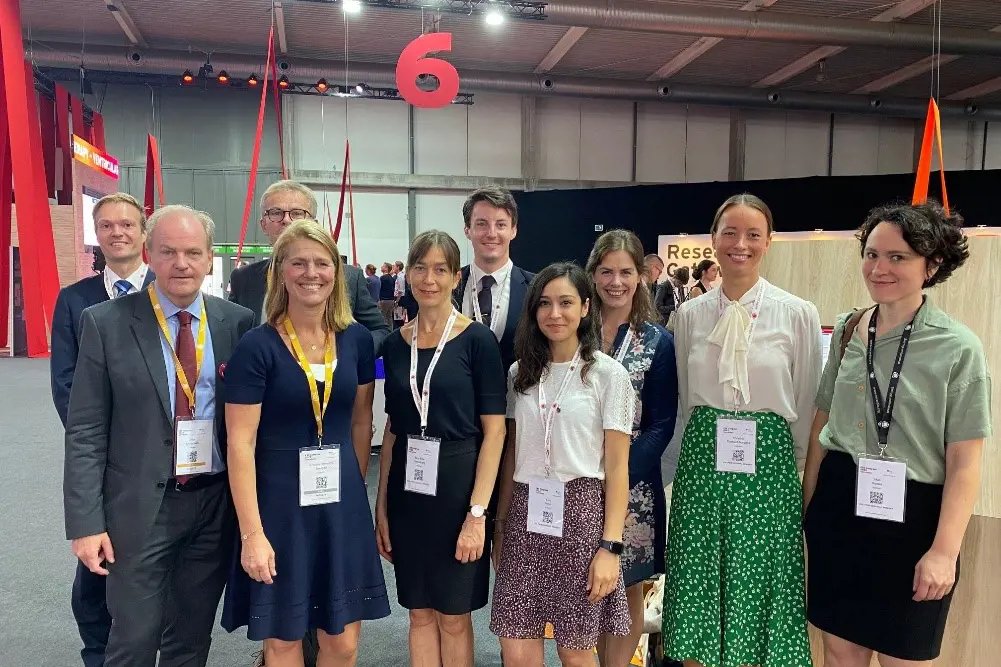European Society of Cardiology Congress 2022
Each year the European Society of Cardiology hosts the largest gathering of cardiologists around the globe in what can only be described as the most important meeting within the field of cardiovascular science. This year in Barcelona the focus was on cardiac imaging and its importance in clinical decision-making, diagnosis, guidance and follow-up and perhaps the ultimate; prevention of cardiac disease. An additional highlight was the release of new ESC Clinical Practice Guidelines, including the 2022 ESC Guidelines on cardiovascular assessment and management of patients undergoing non-cardiac surgery (NCS), that focus on the pre-operative CV risk assessment and peri-operative management of patients in whom cardiovascular disease (CVD) is a potential source of complications during NCS.

Assoc. Prof. Dr. Helge Skulstad was a part of the team behind the “2022 ESC Guidelines on cardiovascular assessment and management of patients undergoing non-cardiac surgery” which was published at the congress. He was also part of the expert panel on-site in Barcelona.
Dr. Esra Kaya presented her poster on “Left ventricular mechanical dispersion by speckle tracking echocardiography is a predictor of atrioventricular block after Transcatheter aortic valve implantation”. Concluding with: "With that study we found out that LV mechanical dispersion can be an echocardiographic predictor of AV block after TAVI.”


Dr. Mali Sæter presented her poster in the session called “Cardio-oncology 3” under the title “Cardiorespiratory fitness and left ventricular function in breast cancer survivors a decade after Epirubicin treatment”.
Dr. Eivind Aabel presented a poster on Mitral Annulus Disjunction (MAD). He found that severe ventricular arrhythmias occurred with a 4% incidence rate in this loop recorder study on 60 patients with arrhythmic mitral valve syndrome. Frequent PVCs, NSVT, greater left ventricular diameter and greater posterolateral MAD predicted first severe ventricular arrhythmia.
Dr. Marit Kristine Smedsrud presented the study “Highly malignant disease in early-onset arrhythmogenic cardiomyopathy (AC)” at the moderated poster session “Clinical findings in genetic cardiomyopathies». This study aimed to explore the incidence of severe cardiac events in paediatric AC patients and the yield of family screening for AC in childhood. The cumulative incidence of severe cardiac events in paediatric AC patients was 23 % during 6 years of follow-up and half of the events occurred in children ≤12 years of age. Eighteen % of paediatric relatives met diagnostic criteria for definite AC. The findings of a high-malignant phenotype in childhood-onset arrhythmogenic cardiomyopathy indicate a need for AC family screening at younger age than currently recommended.